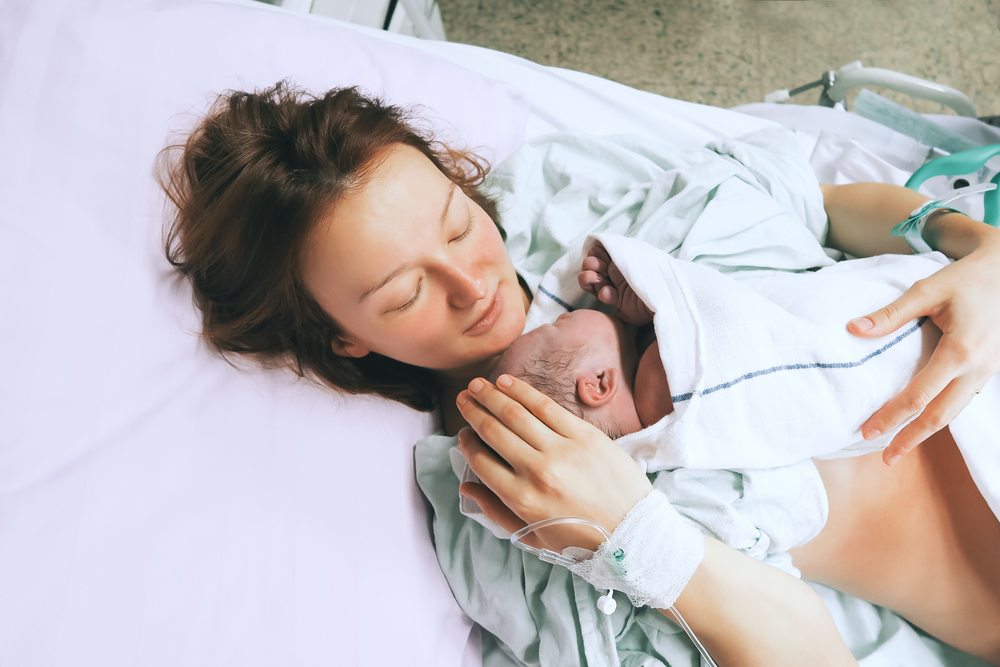Women With MG Can Safely Undergo Vaginal Delivery With Use of Epidural Analgesia, Study Says
Written by |

Women with myasthenia gravis can safely undergo normal vaginal delivery and avoid a cesarean section with the help of epidural labor analgesia (ELA) to minimize fatigue associated with childbirth, a study says.
The findings of the study, “Management of labor and delivery in myasthenia gravis: A new protocol,” were published in The Journal of Obstetrics and Gynaecology Research.
Myasthenia gravis (MG) is an autoimmune disease caused by the abnormal production of antibodies against acetylcholine receptors necessary for muscle contraction. This leads to muscle weakness, lack of muscle endurance and extreme fatigue.
Although womb muscles usually remain unaffected by the disease, women with MG may experience additional complications during labor because of extreme muscle fatigue and respiratory distress. For this reason, many women opt to have their children via cesarean section.
“Although epidural labor analgesia appears to be a good option for circumventing these problems, optimal obstetrical management has not been established,” the investigators said.
In this study, Japanese investigators proposed and assessed the validity of a new protocol to manage vaginal delivery in women with MG with varying levels of disease severity. The goals of the study were to evaluate the clinical outcomes for all patients and the effectiveness of the new management protocol.
The study enrolled six pregnant women with a confirmed diagnosis of MG. They were divided into two categories, depending on disease severity: Category A included four women with systemic muscle weakness or worsening MG symptoms; and category B included two women without systemic symptoms.
Those in category A received ELA at the onset of labor and vacuum delivery was performed as soon as the baby’s head descended. Those in category B underwent spontaneous vaginal delivery, with vacuum delivery only as needed. Labor duration, blood loss, baby weight and the presence of MG symptoms one, 14 and 30 days after birth were recorded for all patients.
All six patients successfully delivered their babies vaginally without any adverse events during labor. On average, the second stage of labor took two hours, with normal vaginal delivery and three hours for those receiving ELA.
Disease symptoms were kept under control in all cases on the day after birth. However, 14 days after birth, two women reported that their symptoms had worsened. One woman’s symptoms subsided with rest; the other’s condition improved with increased daily doses of prednisolone.
“In conclusion, women with MG-complicated pregnancies can safely undergo spontaneous or surgical vaginal delivery depending on their disease condition. ELA is a good option for circumventing the effects of maternal fatigue on delivery, as well as being an alternative to general anesthesia. One should consider performing surgical vaginal delivery plus ELA for all patients who have an MG-complicated pregnancy less than 2 years after receiving their MG diagnosis,” the scientists concluded.






Leave a comment
Fill in the required fields to post. Your email address will not be published.